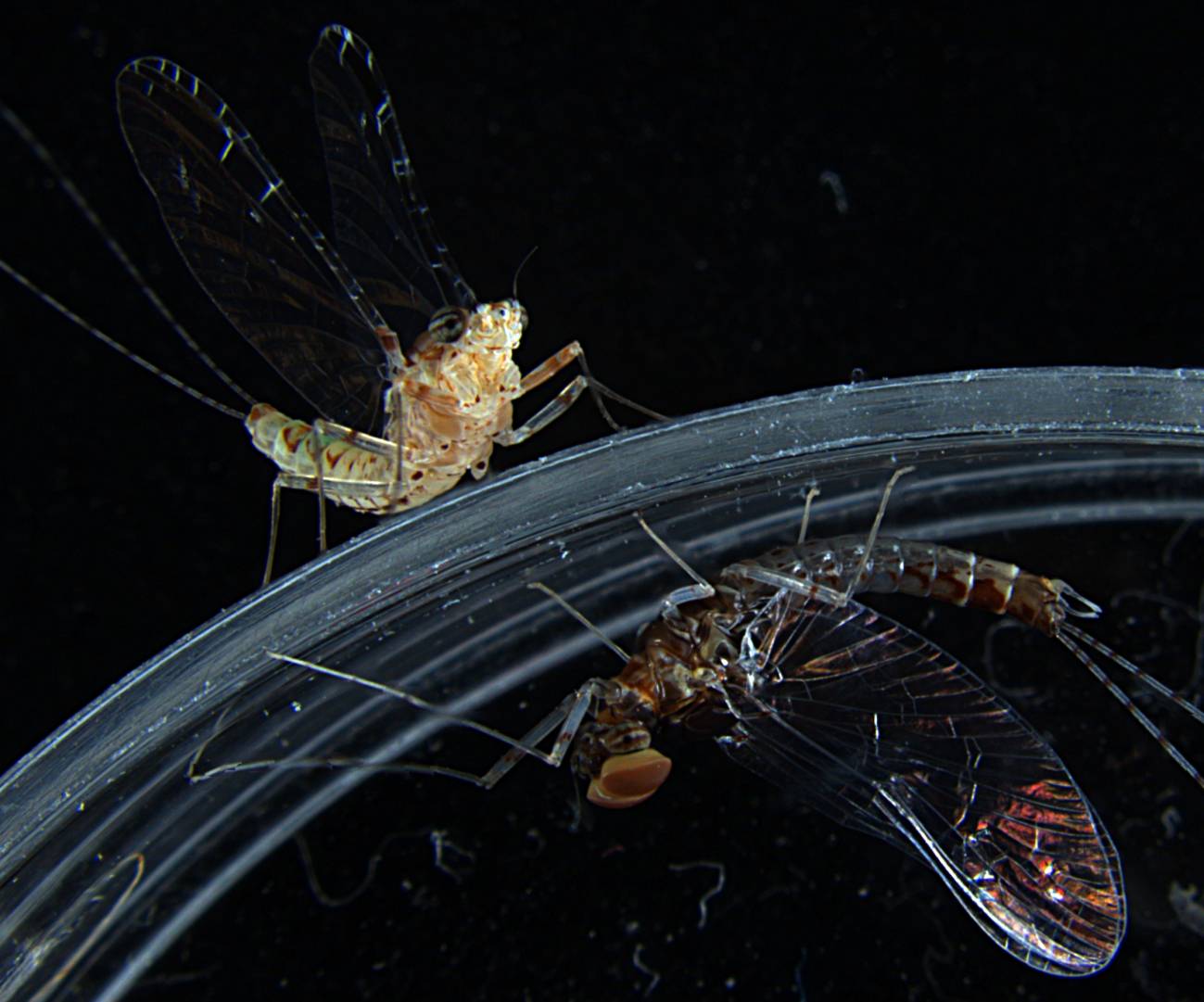common ancestor of animals: 700 million years ago, an extraordinary creature first emerged. It may not have been very impressive by today’s standards, but it was the first animal with a front and a back, a top and a bottom. This was a groundbreaking adaptation at the time and one that laid the foundation for the basic body plan that most complex animals, including humans, would eventually inherit.
The stealthy animal lived in the seas of ancient Earth and probably crawled along the seabed. This was the last one common ancestor of bilateralsa huge supergroup of animals that includes vertebrates (fish, amphibians, reptiles, birds and mammals) and invertebrates (insects, arthropods, molluscs, worms, echinoderms and many more).
More than that to date 7,000 gene clusters can be traced back to this last common ancestor, based on a study of twenty different bilaterian species, including humans, sharks, mayflies, centipedes and octopuses. The findings were made by a research team from the Center for Genomic Regulation (CRG) in Barcelona and are published today in the journal Nature ecology and evolution.


Surprisingly, the study revealed that about half of these ancestral genes have been repurposed by animals for use in specific parts of the body, especially the brain and reproductive tissues. The findings are surprising because ancient, conserved genes generally have fundamental and important functions needed in many parts of the body.
The study shows that a series of random ‘copy and paste’ errors during bilateral evolution are responsible. For example, there was an important moment early in the history of vertebrates. Many tissue-specifically expressed genes appeared for the first time, coinciding with two whole-genome duplication events. Animals could retain one copy for fundamental functions, while the second copy was used as raw material for evolutionary innovation. Events like these occurred continuously at different scales along the evolutionary tree of bilaterians.
An ancestral genetic inheritance from animals that continues to exist
“Our genes are like a huge library of recipes that can be prepared in different ways to create or change tissues and organs. Imagine accidentally getting two copies of a paella recipe. You can keep the original recipe and enjoy it while Evolution adapts the extra copy to make it instead. Risotto. Now let’s imagine the entire recipe book being copied – twice – and what possibilities are open to evolution. The legacy of these events, which took place hundreds of millions of years ago, lives on today in most complex animals,” he explains Federica Manticaco-author of the study and researcher at the Center for Genomic Regulation (CRG).
The study authors found many examples of new tissue-specific functions thanks to the specialization of these ancestral genes. For example, the TESMIN and tomb genes, which came from the same ancestor, independently played specialized roles in the testes of both vertebrates and insects. Their importance is highlighted by the fact that problems with these genes can affect sperm production fertility in both mice and fruit flies.
The specialization of ancestral genes also laid some of the foundation for the development of complex nervous systems. In vertebrates, for example, the study found genes that are crucial for the formation of the insulating layers, or sheaths, that form around nerves and are essential for the rapid transmission of nerve signals. In humans, they also identified FGF17, a gene that plays an important role maintenance of cognitive functions in old age.
In insects, specific genes are specialized in muscles and in the epidermis for the formation of cuticles, which contributed to their ability to fly. In the skin of octopuses, other genes specialized in sensing light stimuliwhich contributed to its ability to change color, camouflage itself and communicate with other octopuses.
Evolution of new and unique characteristics in animals
By studying the evolution of species at the tissue level, the research shows that changes in the way genes are used in different parts of the body have played an important role in creating new and unique characteristics in animals. In other words, when genes start working in specific tissues, they can lead to the development of new physical traits or abilities, ultimately contributing to animal evolution.
“Our work makes us think about the roles and functions that genes play. It shows us that genes are and have been crucial for survival preserved for millions of years They can also very easily acquire new functions during evolution. “It reflects evolution’s balancing act between maintaining vital functions and exploring new avenues,” concludes the ICREA research professor. Manuel Irimiaco-author of the study and CRG researcher.

